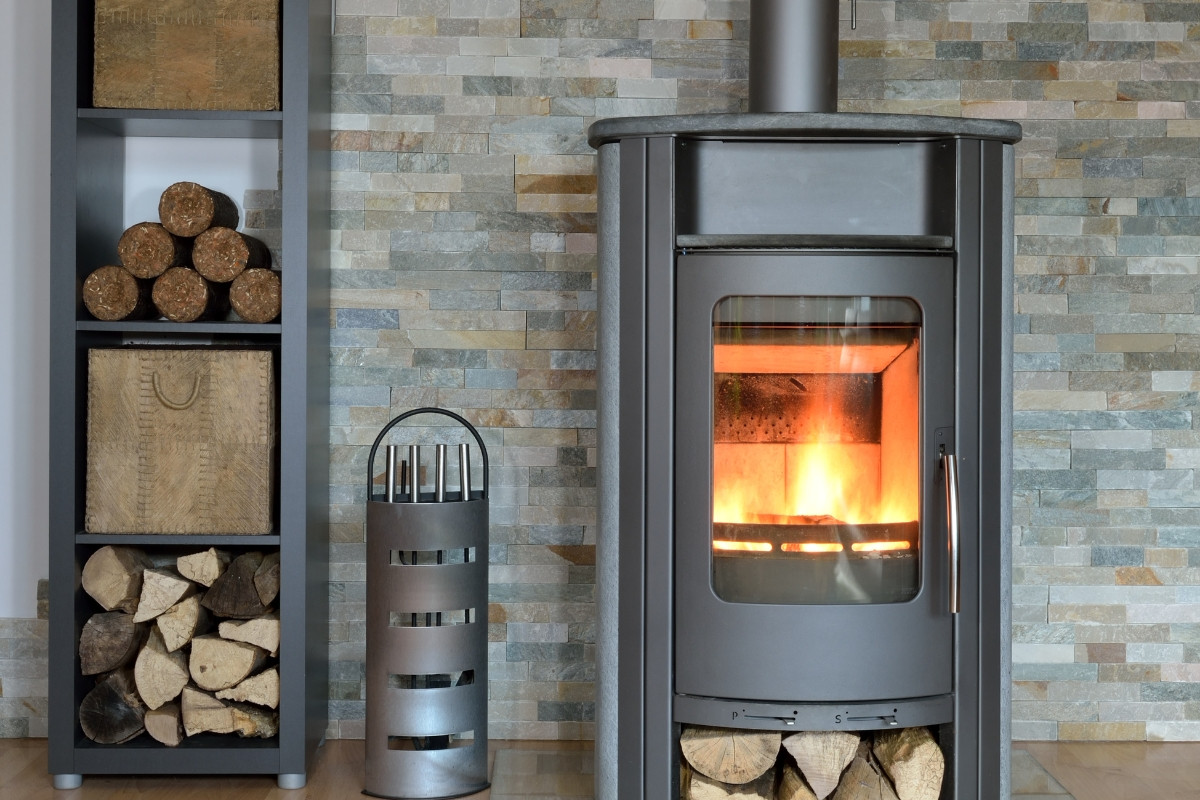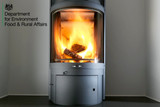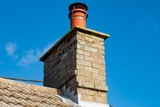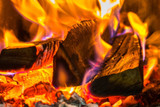Do Stoves Require Air Vents?
One question that regularly arises here at NCC flue supplies is whether a wood-burning stove needs an air vent.
To operate correctly, all stoves require a supply of air for combustion and the ability to evacuate the flue gases; otherwise, they will not work. A wood burner cannot light without an air supply, and smoke will pour into the room in which it is installed, not what you want to happen. To allow the smoke to be able to be drawn up the chimney, continuous air movement is required up through the chimney; this cannot be achieved if there is no source of air. A good test is to check if the burning of your stove improves when opening a window or door in the room. If so, you will likely need to install some correct air ventilation. Also, the addition of a high-quality chimney cowl can improve the airflow and prevent nasty downdraughts.
As a rule, all airtight properties, especially new builds, require an air vent that can not be closed or be covered up, i.e. permanently open and venting to the outside of the property. The vent should also be located where the householder cannot cover it up.
Depending on the size of the KW your intended stove is rated at, the size of the air vent aperture will be determined, increasing the KW rating. Roughly speaking, the air vent needs to be around the size of a 50p piece per KW, so, for example, a stove with a KW rating of 5kw needs an air vent aperture of 5 x 50p pieces (the exact figure is 550 mm of vent per KW)
If a property is deemed not exceptionally airtight, such as an older one, the air permeability must first be measured. However, any house built before 2008 will unlikely require the strict air vent rule unless it has been made airtight. If the property has been developed since 2008, it's best to carry out this test.
An underperforming stove can also indicate reduced airflow and the lack of an air vent. A good check is to open a window in the room where the stove is situated while the stove is lit. If the performance improves, this indicates an issue and more air is required.
There are many solutions to counter the cosmetic impact of installing a vent. Some stoves on the market have integral air vents, where a pipe travels directly to the outside with no hole to leak heat. If the room's floor is suspended with a cavity underneath, it is more than likely that this area is vented, and a vent can be installed on the floor, even where a carpet is fitted.
Where a property is built with thick stone walls, and drilling is not possible, alternative solutions are to remove a glass panel from a window and fit a vent or use an existing cat flap in a door.
In review, correct air venting will impact the quality of the performance of your stove; knowing the best way to light your stove also affects the efficiency of your wood burner. It's best to spend some time getting to know your wood stove and experiment with what works best, as each stove is slightly different; this can apply to the same model stove operating differently in separate houses. This is primarily due to the flue or chimney; however, other elements within a room can affect how air flows through a vent and the performance of a stove. We recommend a qualified professional install a wood burner and fit the best air vent solution for your property.
Recent Posts
-
New Wood Burning Stove Regulations for 2025
There’s a lot of confusion in the UK about wood burner regulations and if you can still install a lo …Mar 04, 2025 -
Tips for Capping a Chimney: Benefits, and Installation
Why cap a chimney? It’s to stop moisture, downdrafts and pests. This guide has everything you need t …Jul 02, 2024 -
The New Regulations for Burning Logs In Wood-Burning Stoves
The government has introduced new regulations for customers looking to burn wood in stoves, coming i …May 25, 2021




